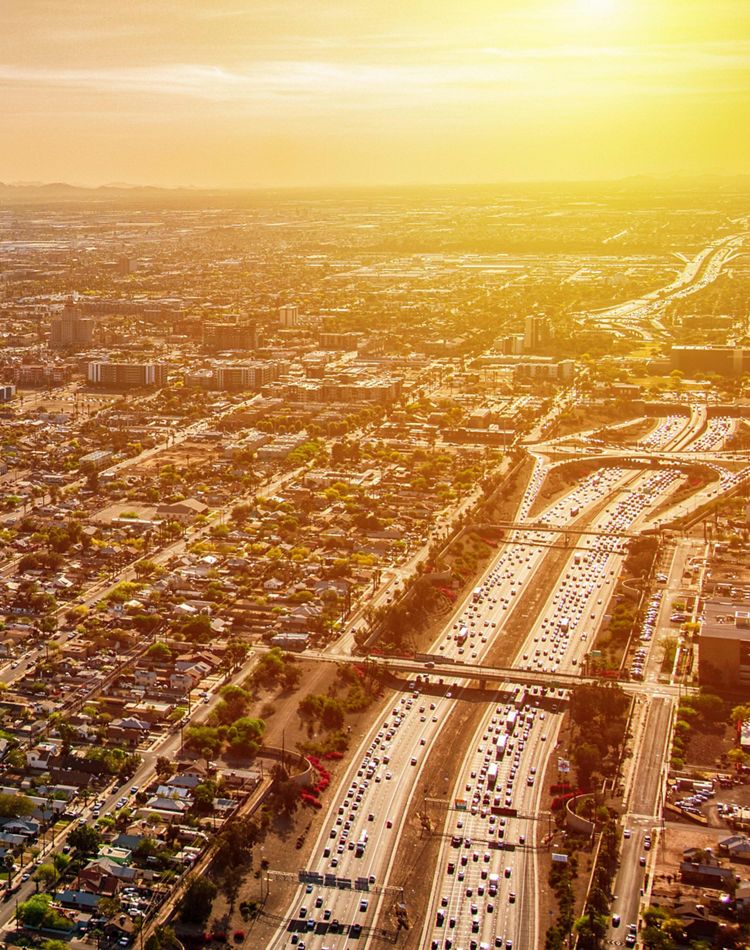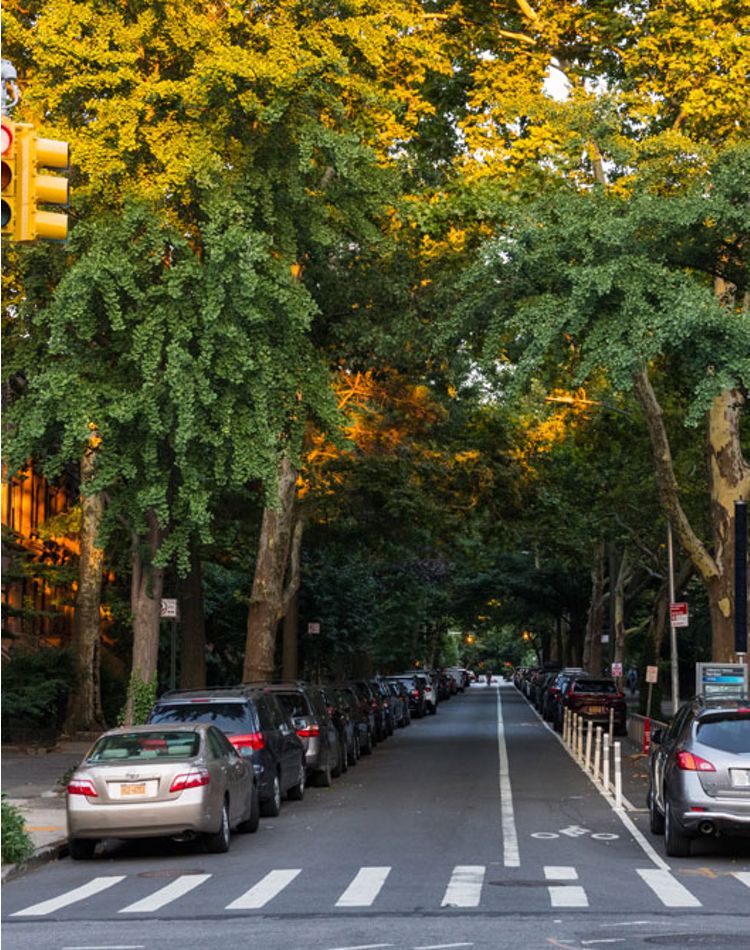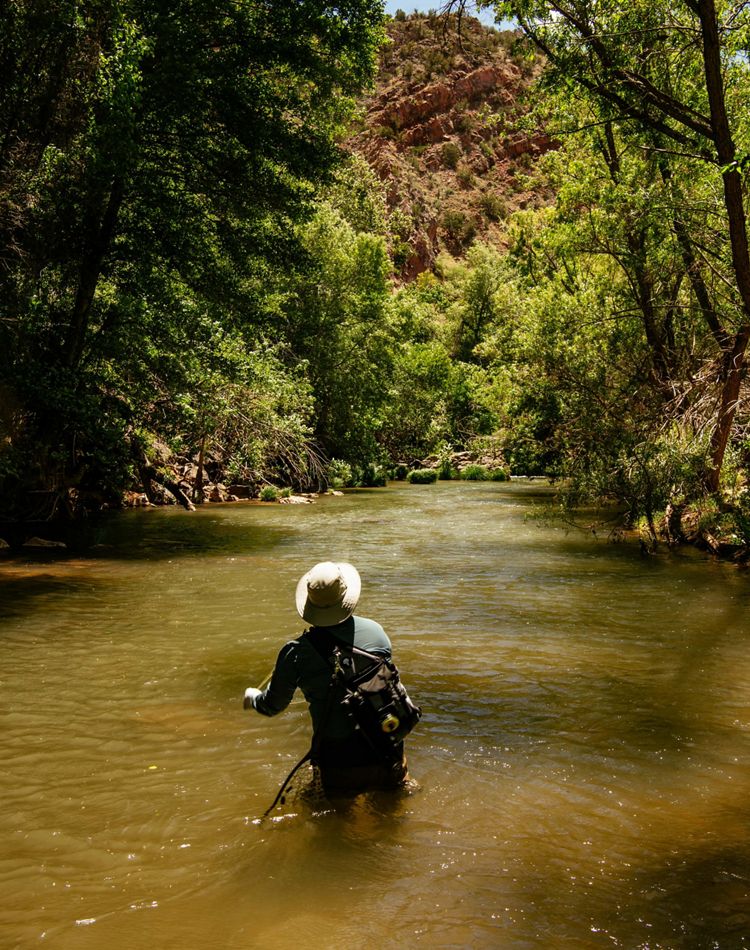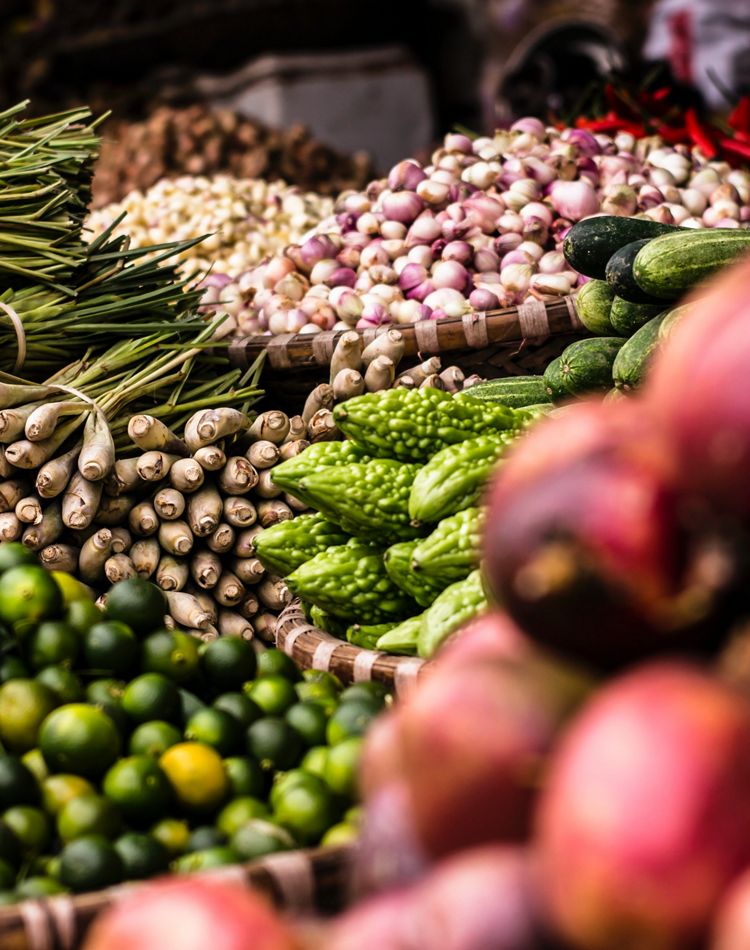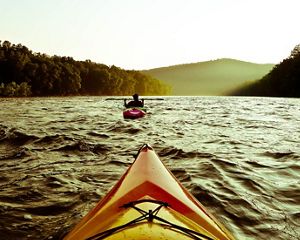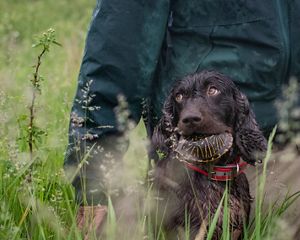Nature’s Health is Our Health
How we treat the natural world is how we treat ourselves. It’s time we redefine our relationship with nature.
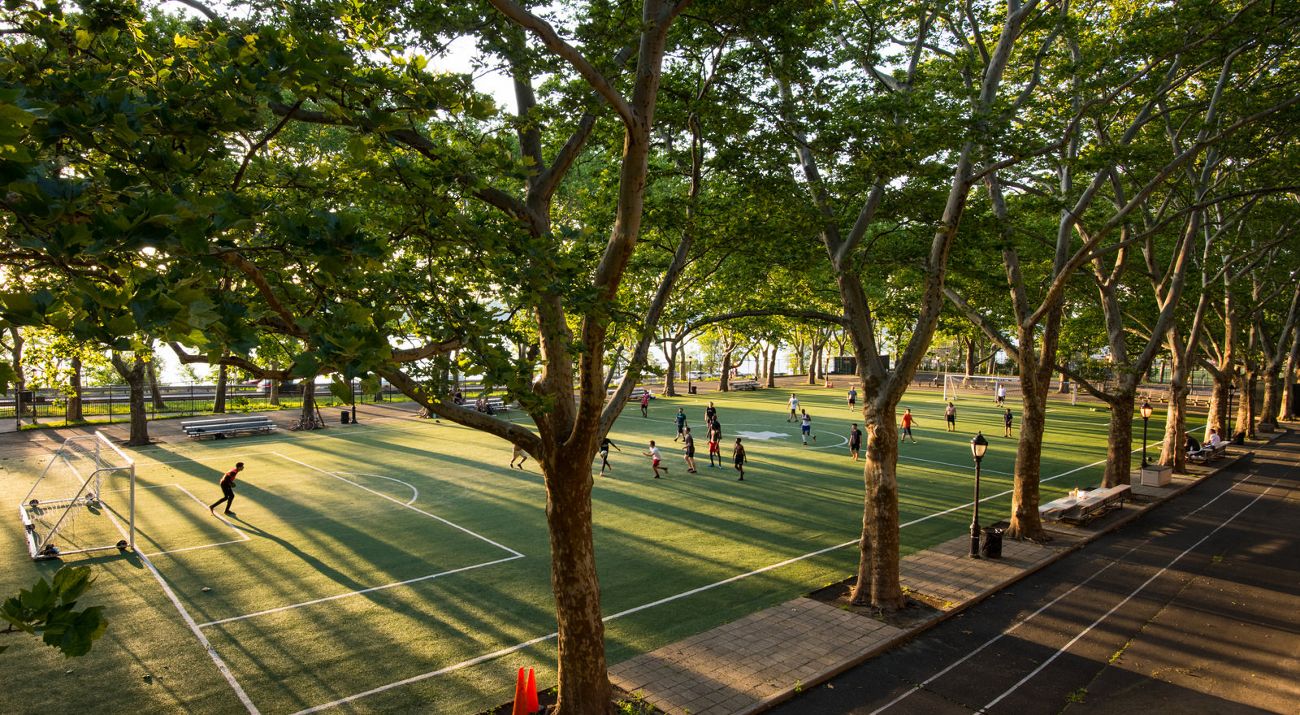
Nature is a part of you.
It’s the air you breathe, the water you drink, the soil that grows your food. And our futures are entwined with nature’s. Our planet faces tough challenges but, together, we have the power to create a healthier future for nature and for ourselves.
Some ways we're helping nature so nature can take care of us:
Green Up Your Inbox.
Stay connected with monthly nature stories and tips for getting involved.
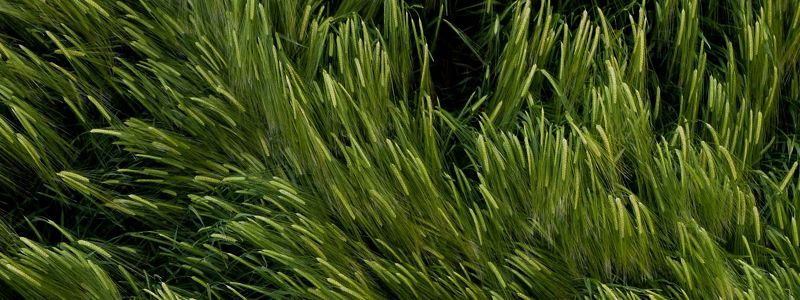
Barley field
Switching to water-saving crops—like this field of barley in Arizona—can help provide food and water sustainably.
©
Andrew Kornylak
